Benefits
• Eliminates bacterial contaminants from pitching yeast • Reduces alkalinity in brewing liquor without affecting Chloride/Sulphate ratio
Guidelines for use
• Ensure suitability for the intended application
• In case of contact with skin and eyes wash immediately with plenty of water • Wash away spillages with plenty of water
• Read the Safety Data Sheet prior to use
Application and rates of use for acid washing
Preparation is essential. Ensure that you have the yeast and the acid fully chilled as the wort nears the end of boil, and start the washing process at this time. The washed yeast will then be ready for pitching when the wort is cooled. Do not be tempted to wash yeast on a quiet day when you are not brewing. Viability of washed yeast will fall markedly as storage time increases.
DO’s of acid washing:
- Use food grade phosphoric acid, diluted about 1 in 10.
- Chill the acid and yeast below 5°C before use.
- Ensure that the liquids are stirred together well so that there are no areas of higher acid concentration.
- Ensure pH lies between 2.0-2.2
- Pitch yeast after set time of one hour
DON’TS of acid washing:
- Don’t deviate from temperature, time and pH limits indicated above.
- Don’t store washed yeast
- Don’t wash “unhealthy” yeast (yeast which has been stored for long periods, heavily contaminated yeast, yeast from slow fermentations.)
- If it is essential that such yeast is washed, use a high pH value for the wash (pH 2.3 – 2.5) and/or shorter contact times 3060 minutes) until the yeast has been used to pitch one or more fermentations and recovers full activity.
- Don’t (or at least try to avoid) washing yeast from very high gravity fermentation (>8% v/v ethanol).

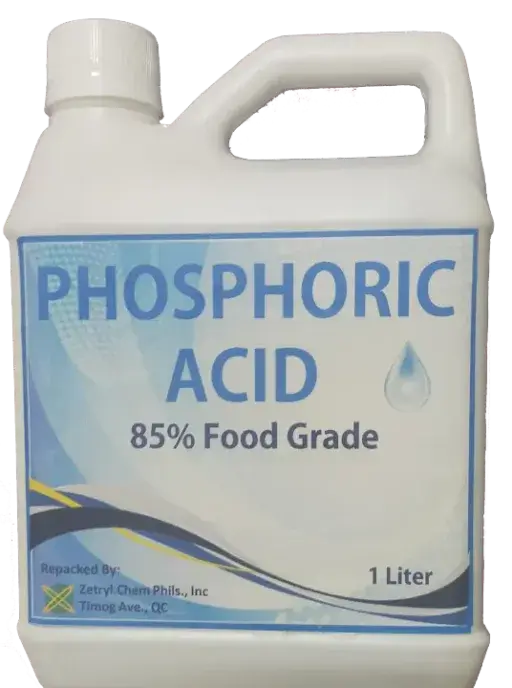
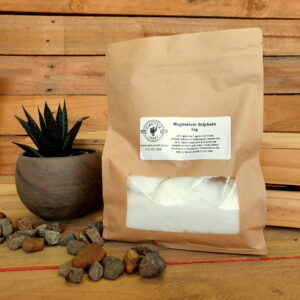



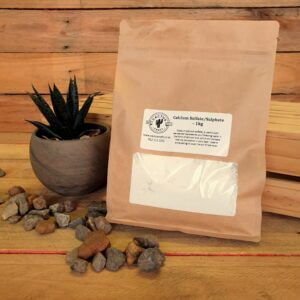
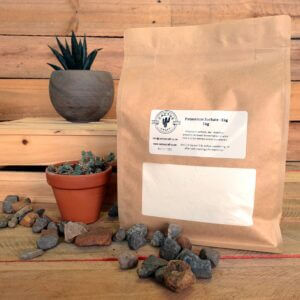
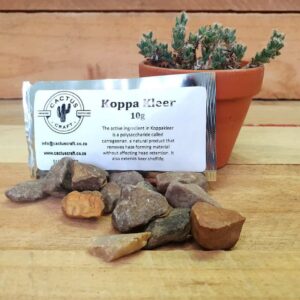
The online store has an inaccurate image of the shipped product; the received product is a glass bottle with a dropper.